Perfect Guide To Create A Good Pictorial Logo Design

Source: Roxana Niculescu, Palm, Dribbble, https://dribbble.com/shots/21316579-Palm
A pictorial logo design is one of the most powerful ways to establish a brand’s identity. Unlike wordmarks or letter-based logos, pictorial logos rely on symbols, icons, or imagery to communicate a brand’s essence visually. Some of the most recognizable brands in the world, such as Apple, Twitter, and Target, utilize pictorial logos to create strong associations with their audience. The simplicity and clarity of a well-crafted pictorial logo design allow it to leave a lasting impression while maintaining versatility across different mediums.
Creating a compelling pictorial logo design requires more than just selecting an image. It involves a deep understanding of the brand’s personality, audience, and industry. The right design choice should instantly convey meaning, emotion, and relevance without requiring text. A good pictorial logo should be memorable, scalable, and unique, ensuring that it remains effective in any application, whether on a website, business card, or large-scale advertising.
This guide will walk you through the essential principles and techniques to develop a professional pictorial logo design. From choosing the right imagery to ensuring adaptability, these insights will help you craft a logo that stands out, enhances brand recognition, and communicates a clear visual identity.
Understand The Brand Identity
A pictorial logo design should serve as a visual representation of a brand’s core identity. Before selecting any imagery or symbols, it is crucial to understand what the brand stands for, its values, and the message it aims to communicate. A well-designed pictorial logo instantly conveys meaning, making it essential to align it with the company’s personality and industry.
Start by researching the brand’s target audience. Who are the customers? What emotions or associations should the logo evoke? For example, a technology company may prefer sleek, modern symbols, while an organic food brand might lean towards natural imagery like leaves or trees. Understanding these factors helps in choosing a relevant and appealing pictorial logo design that connects with the audience.
The industry landscape is another key consideration. Studying competitor logos can provide insights into what works well while ensuring the new logo remains unique. A strong pictorial logo design differentiates a brand from its competitors while maintaining clarity and relevance.
Choose A Strong Symbol
Selecting the right symbol is the foundation of an effective pictorial logo design. The symbol must encapsulate the brand’s essence while being simple, recognizable, and memorable. Unlike abstract logos, pictorial logos rely on direct imagery, making the choice of symbol a critical factor in ensuring clear communication.
A strong symbol should instantly reflect the brand’s purpose. For example, a travel company might use a globe or an airplane to signify exploration, while a pet brand could incorporate a paw print. The chosen imagery should create an immediate connection with the audience, eliminating the need for excessive explanation.
Avoid generic or overused symbols. A pictorial logo design should stand out in the industry rather than blend in with similar logos. Conducting market research helps ensure the chosen symbol is unique while still being relevant to the brand’s industry. Customizing the icon through stylization, geometric refinement, or creative negative space can further enhance originality.
Keep The Design Simple
A pictorial logo design should be simple yet impactful. A clean and straightforward design ensures that the logo remains recognizable, versatile, and effective across different applications. Overcomplicated logos with excessive details can become difficult to identify, especially when scaled down for smaller formats like mobile icons or business cards.
Simplicity does not mean a lack of creativity. Instead, it focuses on clarity and functionality. The best pictorial logo designs strip away unnecessary elements while retaining strong visual meaning. For example, iconic logos like Apple or Twitter use minimalistic symbols that are instantly recognizable without any added complexity.
A clutter-free design enhances readability and improves brand recall. When creating a pictorial logo design, avoid excessive lines, intricate shading, or unnecessary textures. These details may look good in a large format but can lose clarity when reduced in size. Opting for bold, well-defined shapes ensures the logo maintains its impact in all contexts.

Source: VASK Studio, Voa Labs - Brand Identity, Dribbble, https://dribbble.com/shots/21465793-Voa-Labs-Brand-Identity
Focus On Uniqueness
A strong pictorial logo design must be unique to establish a brand’s distinct identity. With countless logos in every industry, a generic or overused design can make a brand blend into the background rather than stand out. Creating a unique visual mark ensures instant recognition and reinforces the company’s individuality.
The first step in achieving uniqueness is avoiding common clichés. Symbols like globes, lightbulbs, or abstract swooshes are frequently overused and may fail to create a memorable impression. Instead, research the brand’s values and industry to develop an original concept that captures the essence of its message. Customizing a symbol through creative stylization or abstract representation can help differentiate it from competitors.
Testing the logo against competitor designs is another crucial step. If the design looks too similar to existing logos, it may lack originality. Striking the right balance between simplicity and creativity allows a pictorial logo design to remain unique while ensuring clarity and versatility. By prioritizing originality, designers can craft logos that not only represent a brand effectively but also leave a lasting impression.
Use Meaningful Imagery
A pictorial logo design relies entirely on imagery to communicate a brand’s message, making it essential to choose symbols with deep meaning and relevance. A well-selected image tells a story, evokes emotion, and creates an immediate connection with the audience. Instead of using random or generic icons, designers should carefully consider visuals that align with the brand’s identity, values, and industry.
For example, a wildlife conservation organization might incorporate an abstract animal figure to symbolize protection and nature, while a coffee brand could use a stylized coffee bean to convey freshness and authenticity. Every element within a pictorial logo design should serve a purpose, reinforcing the company’s mission and making it instantly recognizable.
Ultimately, using meaningful imagery creates a stronger emotional impact. It makes the logo more memorable and enhances brand recognition. A design that resonates with its audience builds trust and leaves a lasting impression, ensuring the brand remains relevant and impactful in a competitive market.
Ensure Scalability
A well-crafted pictorial logo design must be scalable to maintain clarity and effectiveness across different applications. Whether displayed on a massive billboard or a small mobile app icon, the logo should retain its impact and remain easily recognizable. Scalability ensures versatility, allowing the brand to maintain a strong visual identity in any context.
One key aspect of scalability is simplicity. Overly intricate designs with excessive details may look great in large formats but become unrecognizable when reduced in size. A successful pictorial logo design uses clean lines and distinct shapes that remain legible at any scale. Icons with bold, minimalistic elements perform better across diverse branding materials.
Vector-based design is crucial for scalability. Creating logos in vector format ensures that they can be resized infinitely without losing quality or becoming pixelated. This allows for seamless adjustments across print, digital media, packaging, and merchandise. Testing the logo in various sizes helps identify potential clarity issues before finalizing the design.
A pictorial logo design should also be adaptable to different backgrounds and color variations. Ensuring the logo works in both full-color and monochrome versions increases its usability across multiple branding platforms. A scalable logo is a practical and professional investment, allowing businesses to maintain a consistent and polished image no matter where their logo appears.
Pay Attention To Color Psychology
Color plays a crucial role in a pictorial logo design, influencing how the audience perceives a brand. Different colors evoke specific emotions and associations, making it essential to choose a palette that aligns with the brand’s identity and message. The right color selection enhances brand recognition and reinforces the intended impression.
Warm colors like red, orange, and yellow convey energy, excitement, and passion. These colors are often used by brands in industries related to food, sports, and entertainment. On the other hand, cool colors such as blue and green evoke feelings of trust, calmness, and reliability, making them popular choices for technology, healthcare, and finance brands.
Neutral colors like black, gray, and white add sophistication and versatility to a pictorial logo design. They can be used alone for a minimalist look or combined with brighter colors to create contrast and hierarchy. A well-balanced color scheme ensures that the logo remains visually appealing without overwhelming the viewer.

Source: Kakha Kakhadzen, Origen V3, Dribbble, https://dribbble.com/shots/19908938-Origen-V3
Create A Balanced Composition
A well-balanced pictorial logo design ensures visual harmony and a professional appearance. Proper composition prevents the logo from feeling too cluttered or uneven, making it more appealing and easier to recognize. Achieving balance requires careful consideration of shapes, spacing, and overall structure.
Symmetrical designs create a sense of stability and order. Many brands prefer symmetrical pictorial logo designs because they feel structured and harmonious. However, asymmetry can also be effective when done intentionally, adding a sense of movement and uniqueness while still maintaining balance.
Spacing between elements is another crucial factor. Overcrowded logos may look chaotic and hard to interpret, while excessive empty space can make the design feel incomplete. A well-balanced pictorial logo design distributes elements evenly to create a visually pleasing and readable composition.
Proportion also plays a key role. If one part of the logo is disproportionately large or small, it may disrupt the overall harmony. Ensuring that all components complement each other creates a more cohesive and polished design.
Testing the logo at various sizes and orientations helps confirm its balance. A properly structured pictorial logo design should look great in any format, whether on a business card, website, or large advertisement. By focusing on composition, designers can create logos that feel refined, professional, and visually compelling.
Avoid Overcomplicated Shapes
A successful pictorial logo design relies on clarity and instant recognition, which can be compromised by overly complex shapes. While intricate details may seem visually appealing, they often fail when scaled down or reproduced in different formats. A logo should remain effective whether displayed on a large billboard or as a small icon.
Complex shapes can create visual clutter, making it difficult for viewers to process the logo quickly. A well-designed pictorial logo design should communicate its message at a glance. Simplified forms ensure that the logo is both memorable and practical for branding purposes.
Another concern with overcomplicated shapes is versatility. Logos must be adaptable across various media, including digital screens, print materials, merchandise, and signage. Highly detailed designs can lose their impact when printed in low-resolution or embroidered onto fabric. Keeping the design minimal while preserving its essence ensures greater usability.
Test In Black And White
A pictorial logo design should be just as effective in black and white as it is in full color. Testing a logo in monochrome helps ensure that its form, contrast, and legibility remain strong in any application.
Many branding materials, such as invoices, stamps, and newspaper ads, may not support full-color printing. A logo that relies too heavily on color for its impact may lose its effectiveness in these situations. Designing with contrast in mind ensures that the logo remains visually striking even without color.
Testing in black and white also helps identify weaknesses in composition. If a logo depends too much on color variation to distinguish its elements, it may appear unclear in grayscale. A well-structured pictorial logo design should maintain its distinctiveness through shape and contrast alone.
Another benefit of this test is improved scalability. A logo that maintains clarity in black and white is more likely to retain its effectiveness across various sizes and mediums. This process also allows designers to refine the balance and proportions of the logo before introducing color.
By prioritizing form and contrast over color dependence, a pictorial logo design remains adaptable and professional. A strong black-and-white version ensures that the logo communicates its message clearly in any context, reinforcing its strength as a visual brand identifier.
Conclusion
A well-crafted pictorial logo design is a powerful tool for building a strong brand identity. By focusing on simplicity, meaningful imagery, balance, and scalability, designers can create logos that are visually appealing and highly functional. Every element, from color choices to composition, should serve a purpose and enhance brand recognition. Testing the design in different formats, including black and white, ensures versatility across various applications. A successful pictorial logo design should be timeless, unique, and instantly recognizable, making a lasting impression on its audience. With thoughtful execution, a pictorial logo becomes a valuable asset in effective brand communication.
Let Us Know What You Think!
Every information you read here are written and curated by Kreafolk's team, carefully pieced together with our creative community in mind. Did you enjoy our contents? Leave a comment below and share your thoughts. Cheers to more creative articles and inspirations!

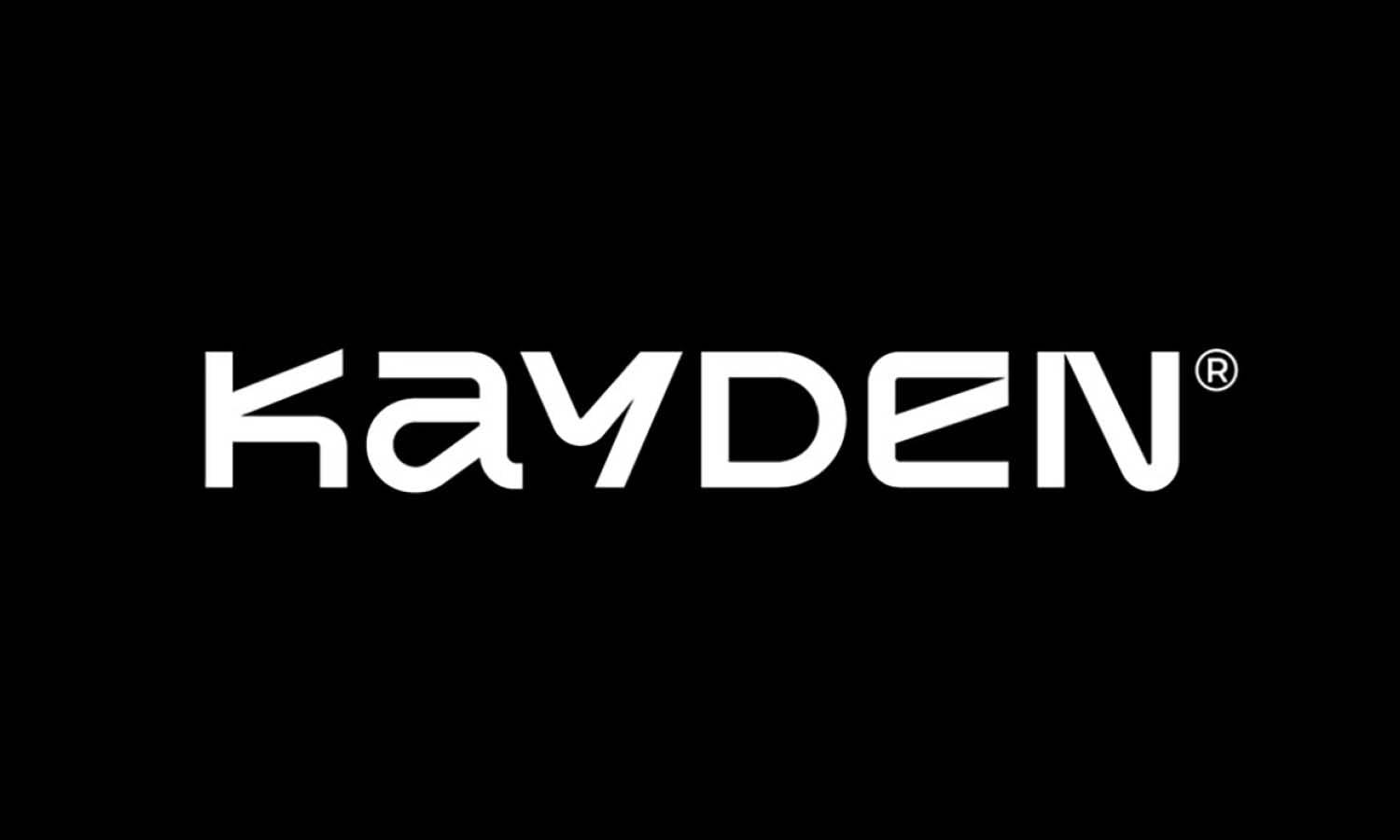
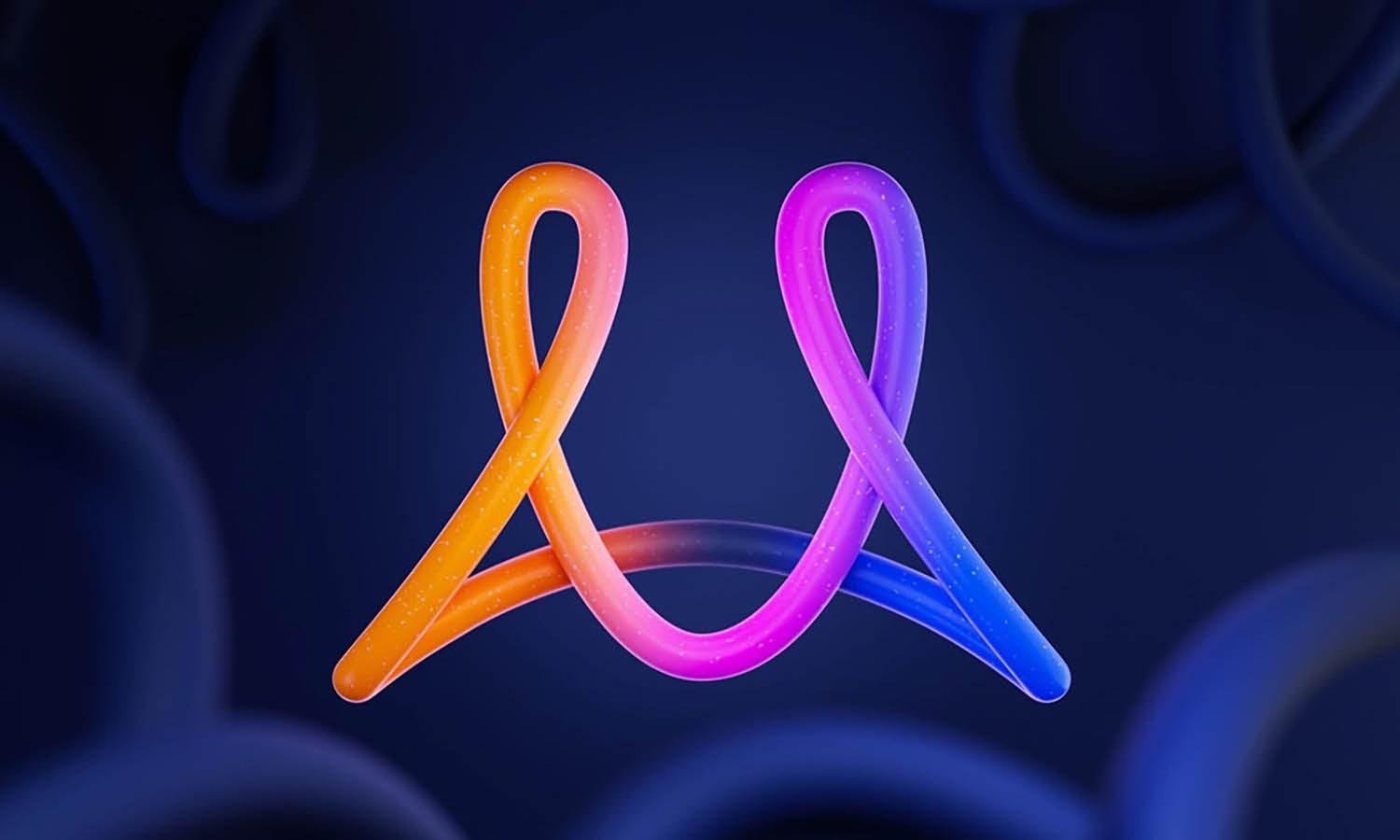
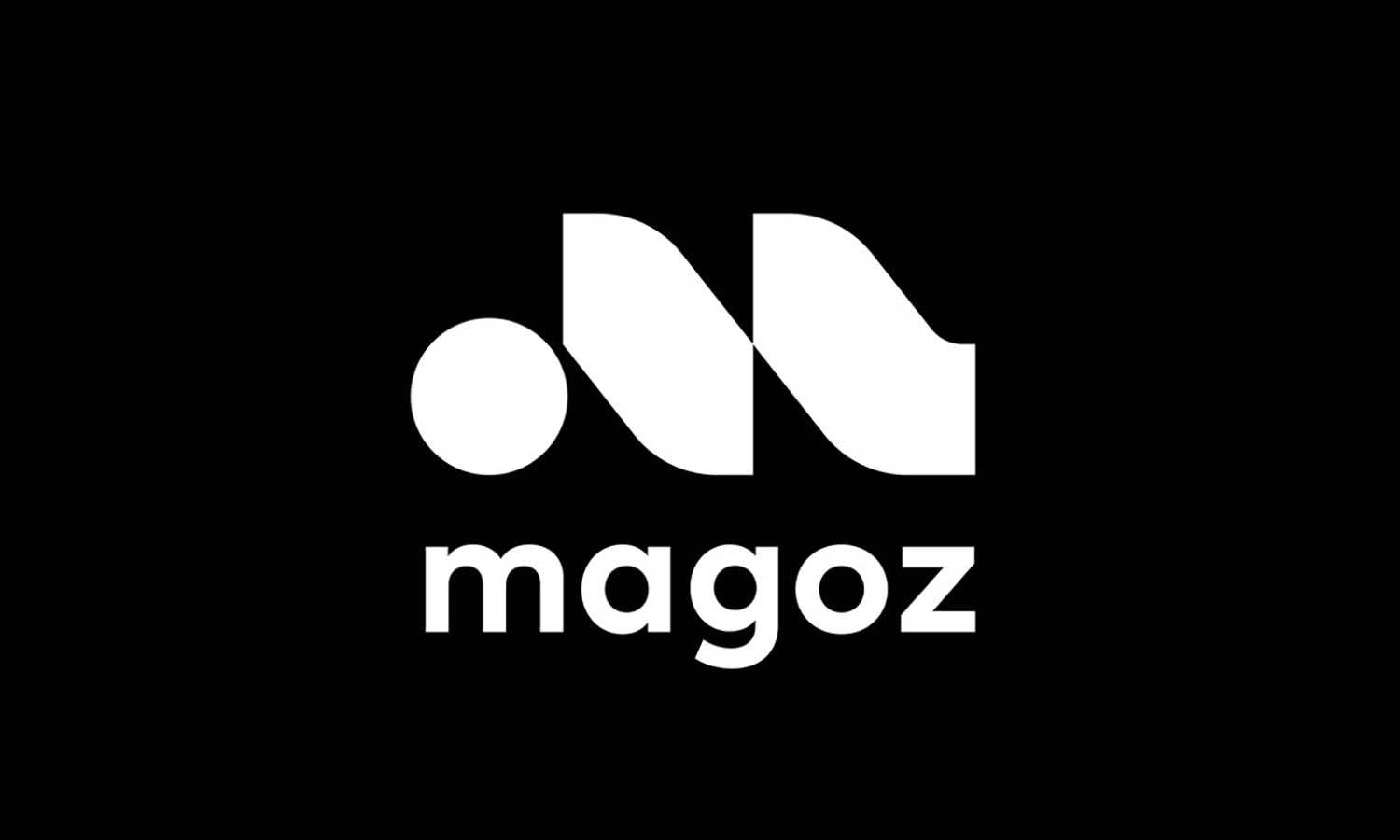
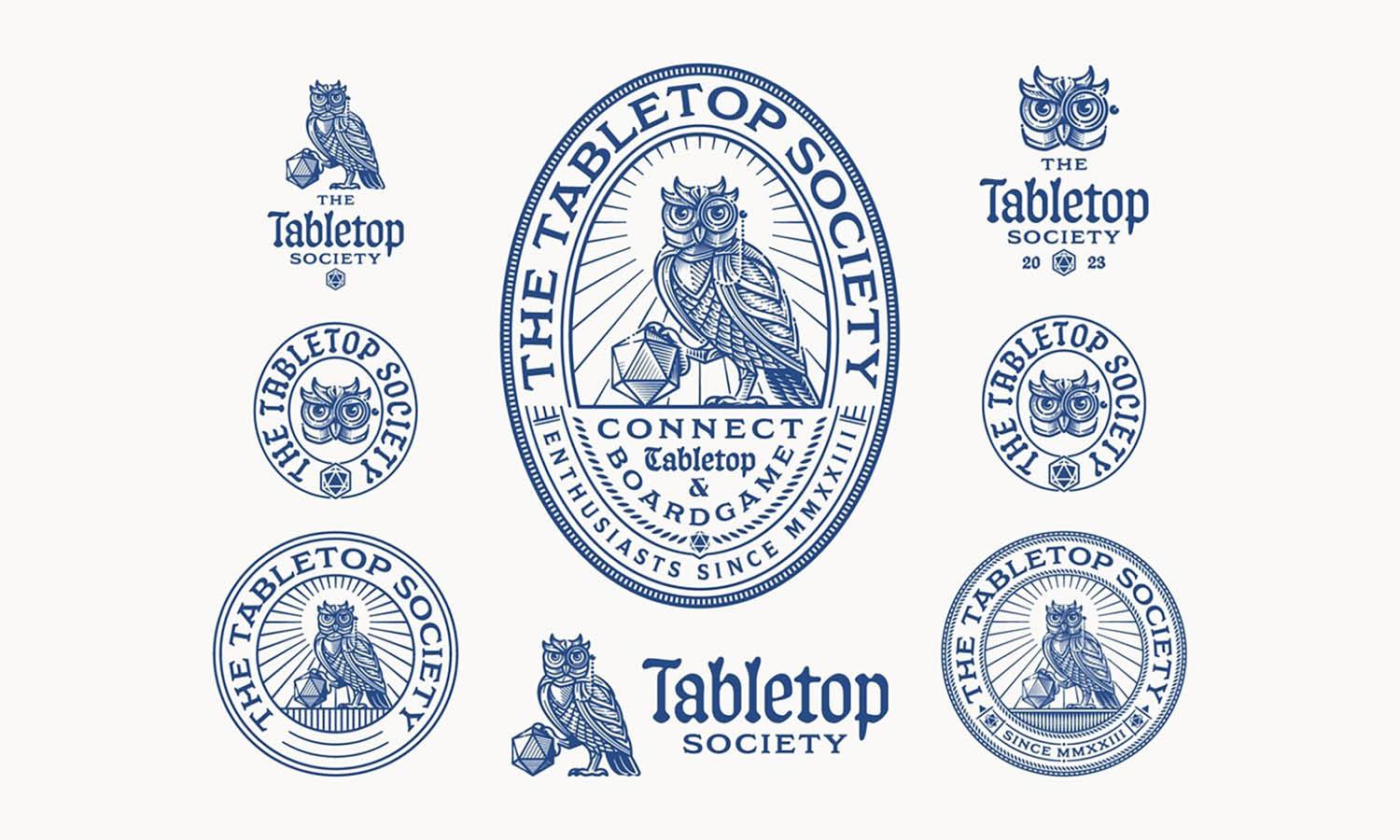


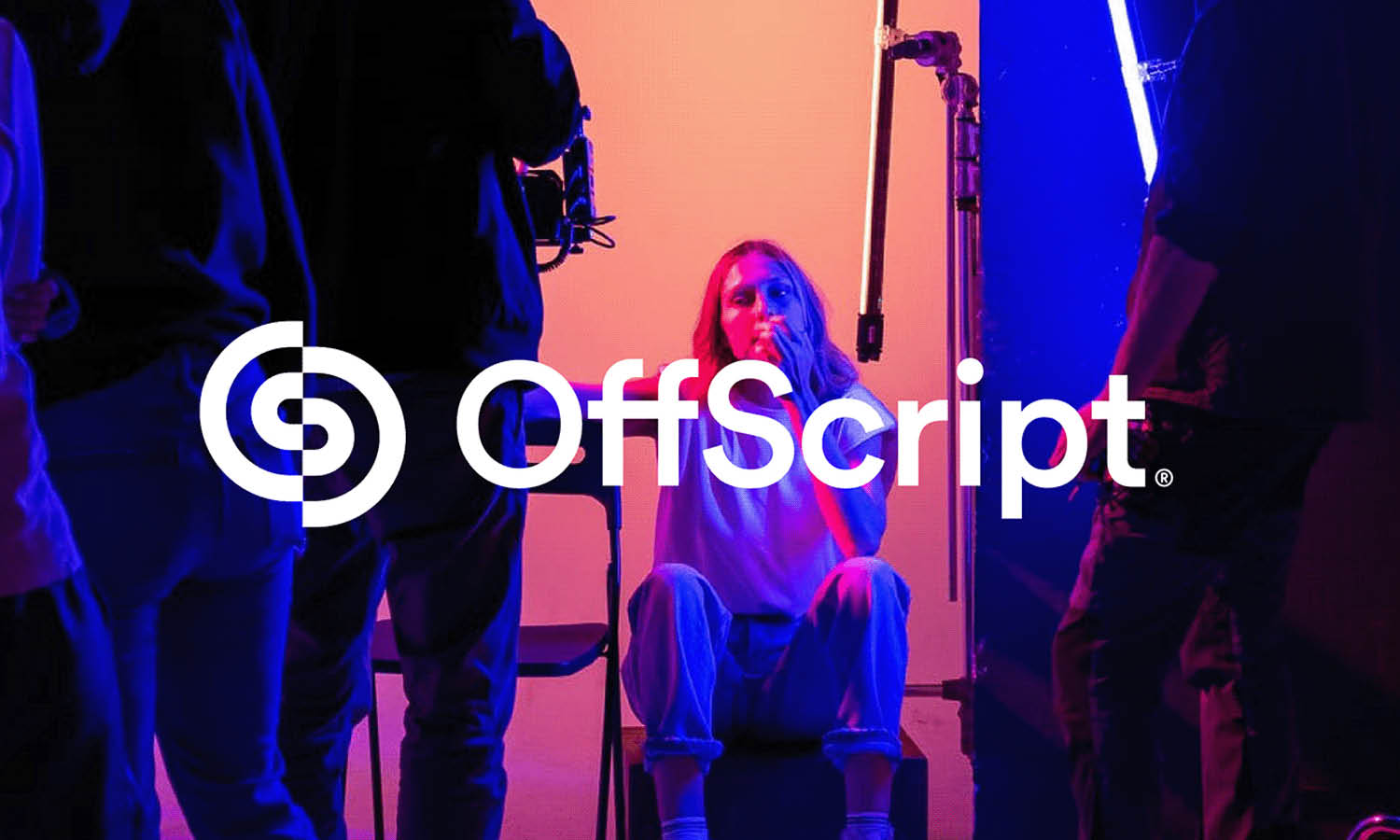
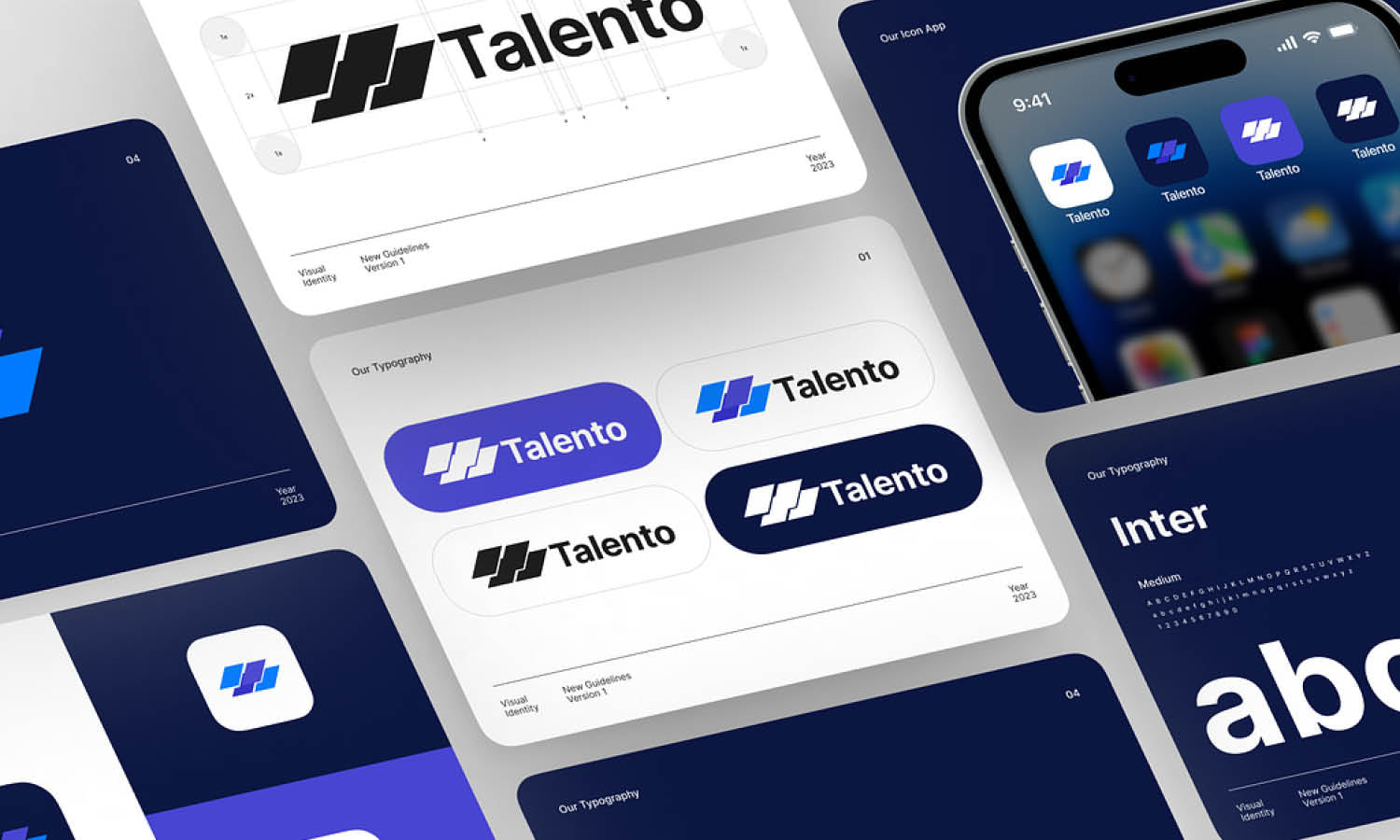







Leave a Comment